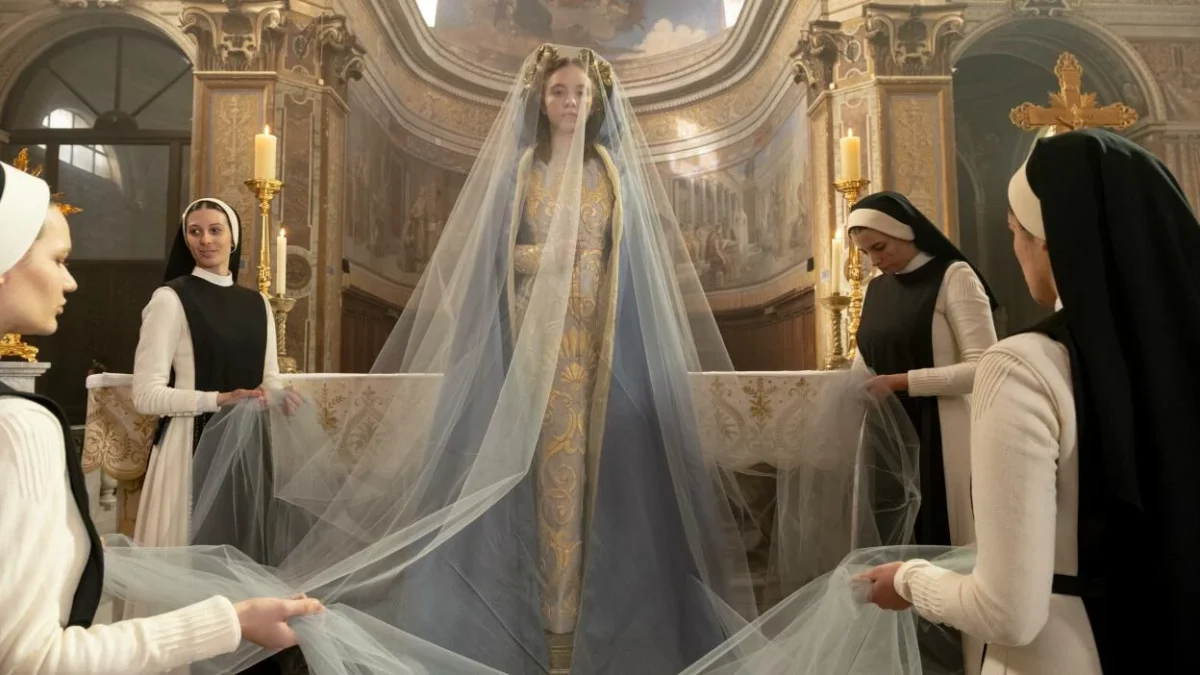Haruki Murakami is one of the most prolific writers of our time, but his books are so, so ugly. The trade paperback run by Vintage Press is uniformly aesthetic across most of his titles. Each cover displays some unappealing tangle of lines, rectangles and parallelograms layered over a cartoony gradient of color ripped off a 2004 Microsoft Windows screen saver. The plain-Jane font, which comes too close to a Comic Sans look-alike for my comfort, is totally consistent, and the position and size of title and author even remain the same across several of the books. Worse are the Penguin Classics, which you’ve undoubtedly handled yourself in the course of your education. The black lower-fourth panel with ‘author’ in bright orange Futura and ‘title’ in white italicized Baskerville is dry and unappealing. The low quality images which make up the covers’ upper region generally don’t alleviate the awkwardly corporate bore.
Books have an inherent capacity to be beautifully physical objects, yet I’ve increasingly found contemporary book cover design to be utterly boring. Initially a purely utilitarian tool to protect book covers, book jackets became a medium for commercial graphic design in the 1890s and have since evolved to incorporate passing design trends. Physical books possess a timelessly tactile quality which can’t be achieved by an e-book — beautiful works of literature deserve to be read between covers that are equally compelling. Good covers situate the reader in a time and place or pull the reader’s attention to a certain theme, doing so elegantly and with regard for design standards. Font, space, color and illustration must congeal precisely such that the book becomes itself an object of material beauty. Ideally, book covers reflect a moment’s aesthetic culture and draw upon a body of collective human experiences.
And I don’t think I’m merely fetishizing a vintage aesthetic like drivers of Volkswagen Buses and wearers of Ramones t-shirts. There is beautiful contemporary cover design out there, it’s just diluted in a sea of Harper Perennial Modern Classics and New York Times Review books. This year has brought some fantastic covers: Richard Powers’ The Overstory is great, as is Tommy Orange’s There There and Ottessa Moshfegh’s My Year of Rest and Relaxation.
There has always existed a tension between unique book cover design and corporate templates, but in the past this tension was more effectively navigated. Covers such as Avon-Bard’s One Hundred Years of Solitude make beautiful use of aesthetically contextual art and a well-composed corporate template. Scribner’s Contemporary Classics series similarly weaves contextually relevant artwork into a corporate standard that (usually) succeeds in constructing an attractive, temporally relevant aesthetic.
It may be that Norton Critical Editions and the like will never disappear. Maybe their ease and cost efficiency make them a permanent fixture in book design. But Penguin Press has created some absolutely beautiful book covers recently too — see The Penguin Book of Japanese Short Stories. Why should such a niche book live inside such a stunning cover while Jack Kerouac’s On the Road lays under a low resolution blue image of a car?







